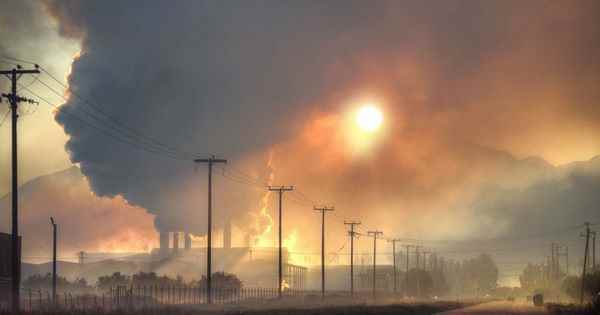Published ,
Reading 1 min.
The Ile-de-France Regional Health Observatory publishes a report showing 7,900 deaths linked to air pollution in 2019 in Ile-De-France.
7900 premature deaths on average could be avoided each year, if the necessary measures were taken to lower the levels of air pollution recommended by the WHO. This is an observation reported by the Ile-de-France Regional Health Observatory for this region.
This estimate was obtained for the year 2019 by calculating the number of deaths attributed to air quality in Ile-de-France, according to 3 criteria:
- 6,220 deaths were recorded (compared to 10,350 in 2010) with a cause linked to prolonged exposure to fine particles (pollutant due to urban heating);
- 3,680 deaths (compared to 4,520 in 2010) were recorded in connection with prolonged exposure to nitrogen dioxide, a pollutant caused mainly by road traffic and urban heating;
- 1700 deaths have been recorded in connection with ozone. A criterion evaluated for the first time, according to the press release from the Regional Health Observatory. ozone “is formed by reactions between nitrogen oxides (NOx) and volatile organic compounds (VOCs), under the action of sunlight and in the presence of high temperatures”.
Efforts already made are showing encouraging results
The good news is that the efforts already made to improve air quality have nevertheless shown results, since compared to the same assessment carried out in 2010 (except for ozone, which was still taken into account at the time). ) all indicators are down.
According to the authors of the report, this assessment shows that if the means were implemented to reduce the levels to those recommended by the WHO, deaths could be avoided. “The benefits would be particularly significant for Paris and the rest of the metropolis, which would account for two-thirds of the deaths avoidable by a drop in the levels of fine particles.”
The year 2020 marked by confinement due to the Covid-19 health crisis has also confirmed these estimates. Pollution having greatly decreased that year, 310 deaths were avoided thanks to the reduction in nitrogen dioxide contraction and 180 compared to nitrogen dioxide concentrations, compared to the year 2019.
